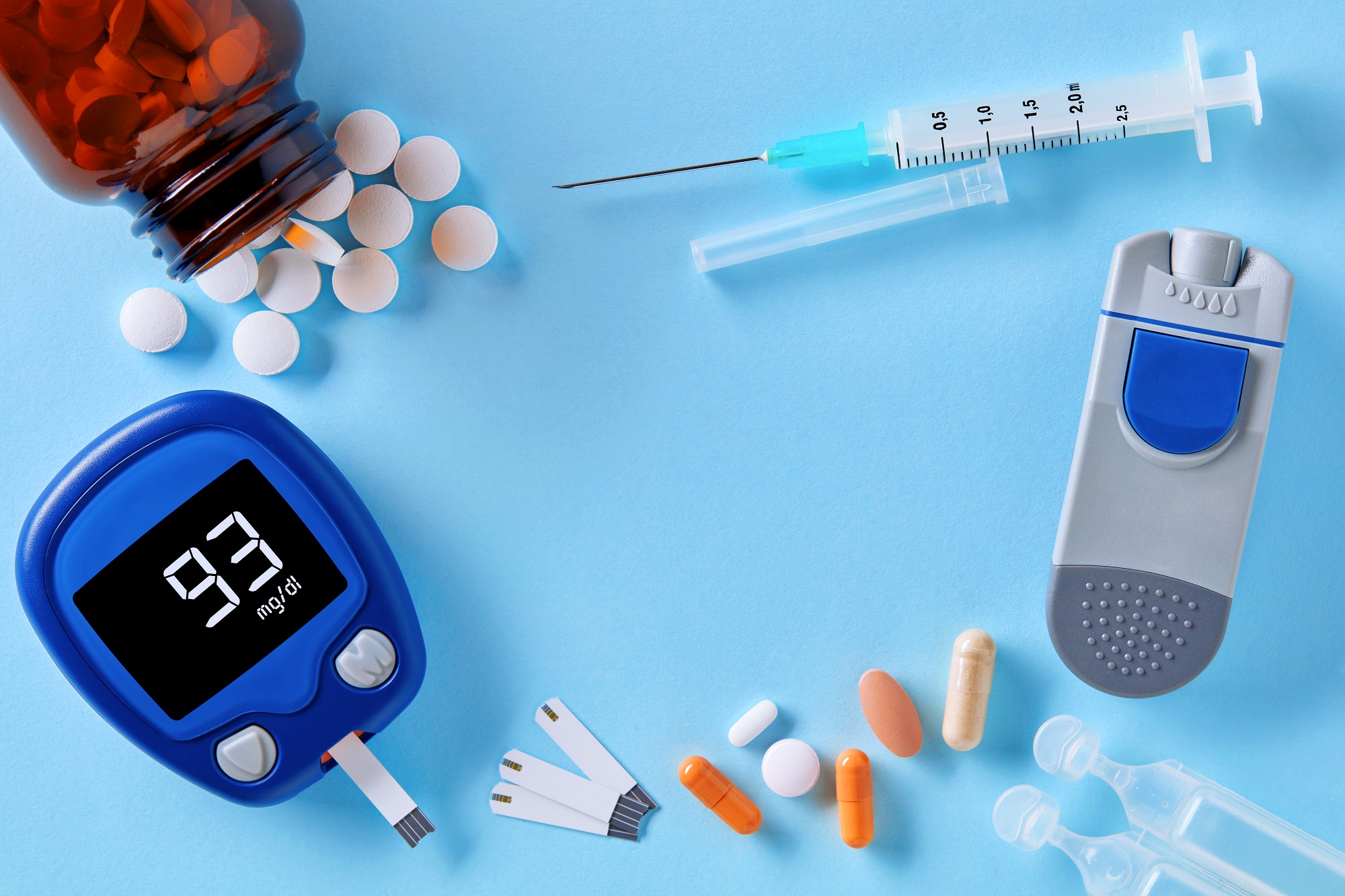
Overview of Diabetes Mellitus (DM)
Definition/IntroductionIs a metabolic condition occurring as a result of persistent, prolonged elevated blood glucose (hyperglycaemia) caused lack of the insulin production, insufficient insulin production or inability of the body to make use of the insulin produced. Due to problem to the hormone insulin, there are disorders of carbohydrate, protein, fats & oil, vitamins, minerals and water. This condition is associated with significant reduction in Life expectancy, complications (both small and large vessels) and / or death. It is estimated that about 537millions people have DM as at 2021 and it is projected to increase to about 783millions in 2045. In Africa, there is about 24 million people with DM as at 2021 and it is projected that by 2045, there will be 55million which is 134% increase. Currently the prevalence of DM in Nigeria as been on the gradual rise, with the figure about 2.24% in 1994 and the pooled prevalence figure being 5.77% from a systematic review (North-west zone having the lowest prevalence of 3.8% and South-south zone, 9,8%. Risk factors for DM include genetic, infection (for Type 1 DM), overweight/obesity, lack of physical activity, poor diet, age -45 years, Positive family history of DM, history of gestational DM or birth weight -3.9kg, hypertension, abnormal lipids levels, prediabetes state, polycystic ovarian syndrome chronic use of steroids.
Types of DMThere are four types of DM. Type 1, Type 2, Hyperglycaemia first detected in Pregnancy and other specific types. Type 2 DM is the commonest, consisting about 90% of DM.
Common classical symptoms of DMIncreased thirst, increased urination, excessive hunger & eating, nocturia and weight loss. These symptoms develop rapidly (T1DM) or gradually (T2DM). T2DM may not present with any symptoms but with complications such as high glucose crisis or emergencies, stroke, blindness, kidney failure, heart attack, heart failure, poor erection or impotence, infertility, foot ulcer and peripheral artery diseases.
Complications of DMIf left untreated, may present with acute complications such as hyperglycaemic emergencies such as Diabetes Ketoacidosis, Hyperosmolar Hyperglycaemic state, lactic acidosis and Hypoglycaemia. Long term complications include microvascular (damage to small blood vessels) such as the eyes (cataract, glaucoma, blindness), kidney (chronic kidney disease), nerves (DM neuropathy presenting with numbess, tingling, pain, altered sensation) and coronary artery disease (heart attack). Macrovascular include stroke, peripheral vascular disease, cardiovascular disease Diabetic foot disease, dementia
Diagnosis of DMFasting plasma glucose level ≥ 126mg/dL (7.0mmol/l) on two consecutive readings Plasma glucose ≥ 200mg/dl (11.1mmol/l) two hours after 75g oral glucose load as in a glucose tolerance test Symptoms of high blood glucose and casual plasma glucose ≥ 200mg/dl (11mmol/l) Glycated haemoglobin (HbA1c) ≥ 6.5% (48mmol/mol)
Management of DMHealthy diets, exercise, weight loss, use of appropriate medications (drugs either oral or injectables) and surgery atimes.
PreventionMaintain optimal body weight, physical exercise, (30 to 45mins of moderate exercise per day) healthy diet. Limit sugary and alcoholic beverages, Smoking cessation